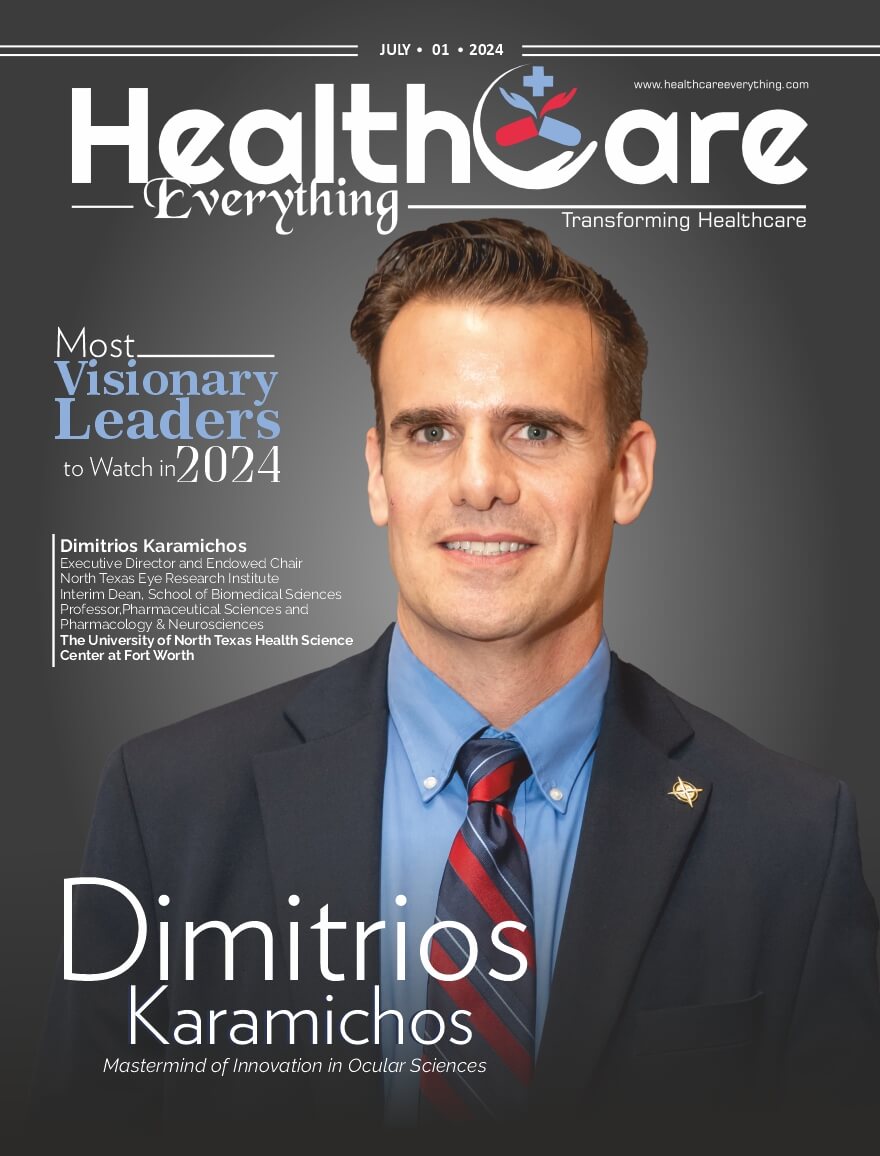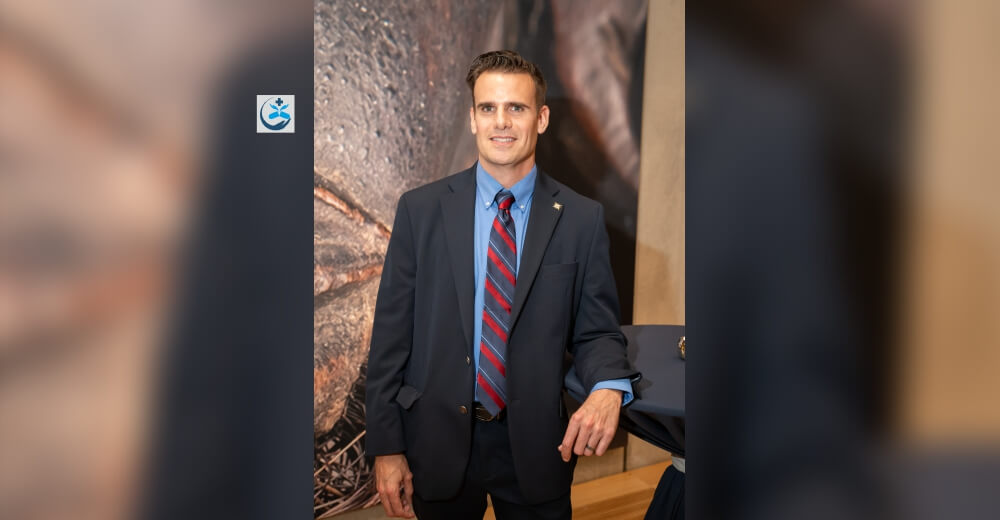Since the end of the COVID 19 pandemic, the global population has experienced new outbreaks frequently, which created concern among people seeking change and transformation. This transformation was noticeable under effective leadership and has led to control of panic and illnesses among the people.
The need for leaders was humongous, dealing with the expeditious change. Women were a major part of it. Nurtures by nature, women assumed around 30% of C-suit positions in the health care sector, creating wonders.
Taking up the tasks and leading the healthcare sector is the Salsawit Tesfaye Yigrem, Director of Corner for Healthcare Innovation, AaBET (Addis Ababa Burn, Emergency & Trauma Hospital). Creating a change with a charismatic personality Salsawit’s goal is to alter the Health Service of the world by summing it up with science, innovation, technology, education, and humility.
Let’s dive into the inspiring story of Salsawit Tesfaye Yigrem.
Sprouting of Dream
Growing up in Ethiopia, Salsawit has always been curious about the healthcare sector. She was a bright child interested in medicine. As quite limited opportunities were seen in those times, even if one was capable of a lot, it was quite sure that she wanted to study medicine.
While reminiscing about her childhood, she talks about a medical book she found at her house, which was full of interesting graphics and images about pregnancy that she found interesting. It made her question the womb, the progress of a baby being formed, and how a human body looks beyond the skin. She was fascinated by science and wondered about the research regarding find out about humans and their perfect structures. This served as her inspiration for the rest of her life, making her obsessed with medicine.
AaBET Hospital: Developmental Outreach
AaBET is a result of the improvement project of one of the biggest hospitals in Ethiopia, St. Paul’s Hospital Millennium Medical College, to address the gap around the burn, emergency service, neurosurgery, and orthopedics which caused WHO estimate of 25 per 100,000 populations to die from the road accidents, traffic accidents and accidents at multiple constructions.
AaBET started giving emergency medical services on Meskerem 2, 2008EC (September 12, 2015, EG), currently enshrining departments such as Emergency Medicine and Critical Care, Plastic Reconstructive and Hand Surgery, Orthopaedics & Traumatology, Neurosurgery, and General Surgery. It is a progressive and successfully managed upper-level teaching hospital with 190 bed-ward departments as well as a center for traumatology, physiotherapy & spinal disorders.
Corner of Healthcare innovation, established as a space, presents the opportunity for the health institution to inquire about the status quo or even improve the traditional methods of healthcare service performance. Through devoted educational commitment and collaboration with other sectors, the institution plan to shift the healthcare service and system in the institution as conveniently as possible for the kind of patients served every day.
CHi innovation provides direction for AaBET hospital’s priorities, guides strategies, and decisions, and helps in continuing to advance the legacy of innovation and excellence in patient care, research, and education. This is a critical area of focus for an institution’s success and sustainability.
Venturing Into the Healthcare
According to Salsawit healthcare sector could be considered a baseline for other sectors as a person’s health determines the success, sustainability, and existence of an industry. The long history of advancement in healthcare has slowed or stagnated the progress of the field.
She believes that, though COVID was doom, it has offered an opportunity to change the perspective of common things, like using the internet for education, patient records, and more. It was a great nudge that woke up the long-asleep healthcare system.
Healthcare innovation and innovative medicine is a never-ending research and development themed sector; the best thing about science is that there is always more; as medicine advances, it becomes easier and more effective to accomplish its mission of serving humanity.
Taking about her inspiration Salsawit expresses, “the inspiration for venturing into the innovation niche is the history of health and medicine. Seeing how far we’ve come and advanced gives us a strong ground to progress better, faster, and more efficiently. This niche is a think-tank space (as my former boss used to describe it) for which we use our minds beyond the obvious solution we consider for an issue in the healthcare system and/or service.”
Ethiopia’s First Trauma and Emergency Hospital
AaBET hospital is the first trauma and emergency hospital in the country, with a catchment of over 12 million of the Ethiopian population. Its small setup serves its fast response to trauma, emergency, and burn cases. With its collaborated services to address its niche in emergency medicine, critical care, neurosurgery, plastic, reconstructive surgery, orthopedic surgery, traumatology, and general surgery, the institution stands out in the coordinated multidisciplinary approach to helping patients.
The interns & residents from St. Paul’s Hospital Millennium Medical College (SPHMMC), attached to AaBET hospital, have a unique experience in trauma, emergency, and research. Learning in AaBET is not only fun but a life-changing experience as it was ranked the best hospital & department four years in a row by SPHMMC’s attaching interns.
ICU: Emergency Services
AaBET was established to provide patient-centered quality care, run innovative training programs, and perform problem-solving research in the areas of emergency, trauma, and related fields. It transforms the care and training provided in these areas to a higher level.
Excellence in emergency, trauma, and critical care delivery, excellence in training and research, excellence in operational efficiency, and excellence in organizational capacity building are the four areas that Salsawit considers as the pillars of AaBET through which gaps revolves, strength emanates, and growth opportunities are created. Success in these areas would help to achieve them in their mission and in becoming the center of excellence they envision.
During the Crisis
During the COVID era in AaBET Hospital, teaching and learning activities were halted, it was structured in a conducive way to delivering medical education without compromising the safety of instructors, students, and patients. For that reason, it was deducted to consider continuing the medical learning process through online learning management systems (LMS).
Other pieces of training and courses which were assumed to be necessary for the medical and assistant staff were provided through hospital website platforms. It assisted in the reinitiating of the Electronic Medical Record (EMR) in the hospital, which is currently progressing to its partial functionality. Familiarizing the systems with the staff is still in progress.
Healthcare Tech-Space
In this fast generation of technological advancement, the healthcare workforce has to discipline themselves and learn to explore the opportunities in alignment with information technology. Technological integration will aid in medical academic and clinical research. It assists in pushing medical technology to the next step.
Medical technology and the attitude of healthcare workers in the facility are yet to be explored. Medical technologies include technological advancements that help diagnose, treat and improve a patient’s health and well-being, encompassing both low and high-risk medical products, varying from syringes and thermometers to insulin pumps, wearables, and peacemakers.
In Salsawit’s opinion, healthcare providers must make it their agenda to familiarize themselves with advancements in healthcare, and medical technologies as the future require them to function more effectively and efficiently in the service of their patients.
Souvenirs of the Journey
In her overall work experience in the medical field, she has learned to manage her time well. Thinking that being busy is effective, she has realized those two entities are completely unrelated as time is something if lost can’t get back. She explains, “people say “don’t waste time” you’re not the one wasting time because time has always been there, is here, and will continue to be there. What wastes away is yourself by not using it. This is by far the most important lesson I’d say I’ve learned.”
Water For Buds
Salsawit highly recommends one should develop life skills to be successful in the healthcare sector as a leader and innovator. As advice for budding entrepreneurs, she says, “Public speaking and teaching skills, networking (social capital building), having humility and empathy, positive self-talk, being honest with oneself and listening to your guts, stop whining and do (discipline- doing things despite how horrible and boring they feel), focus on the present moment (be where you are at the moment and embrace it), be consistent, and work on strengthening your mindset and spirituality and last but not least, fight for your dreams, don’t only follow it!”
On Path to Future
Salsawit envisions herself creating a corner for healthcare innovation where it’s a corner edge of intersection between other sectors such as technology, engineering, manufacturing, and business with the medical sector to form a logical, humble, and innovative medical care, education, research, and development space. This is Corner for Health Innovation “CHi” created to transform and progress health-focused service quality through bold and innovative education, research, and development.
Next Story: https://healthcareeverything.com/misker-kassahun-healing-and-empowering-ethiopian-society/







